MARIANI’S
Virtual Gourmet
August 9
, 2020
NEWSLETTER
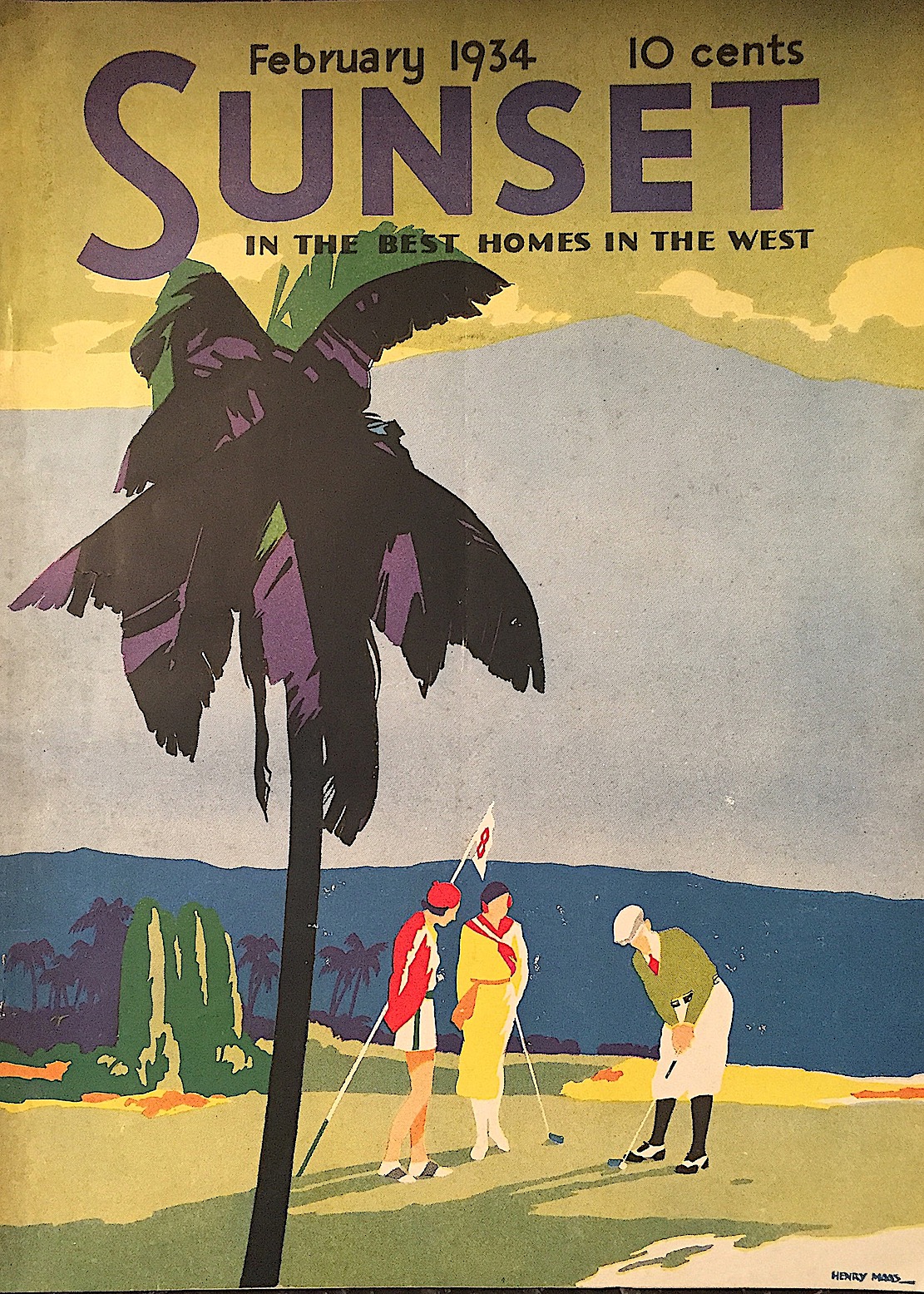
❖❖❖
IN THIS ISSUE
LAS VEGAS ITALIAN
By John A. Curtas
NEW YORK CORNER
LOVE AND PIZZA
CHAPTER TWENTY
By John Mariani
NOTES FROM THE WINE CELLAR
SOME FARE-FRIENDLY
FLAVORFUL WINES
by Geoff Kalish
❖❖❖
LAS VEGAS ITALIAN
By John A. Curtas
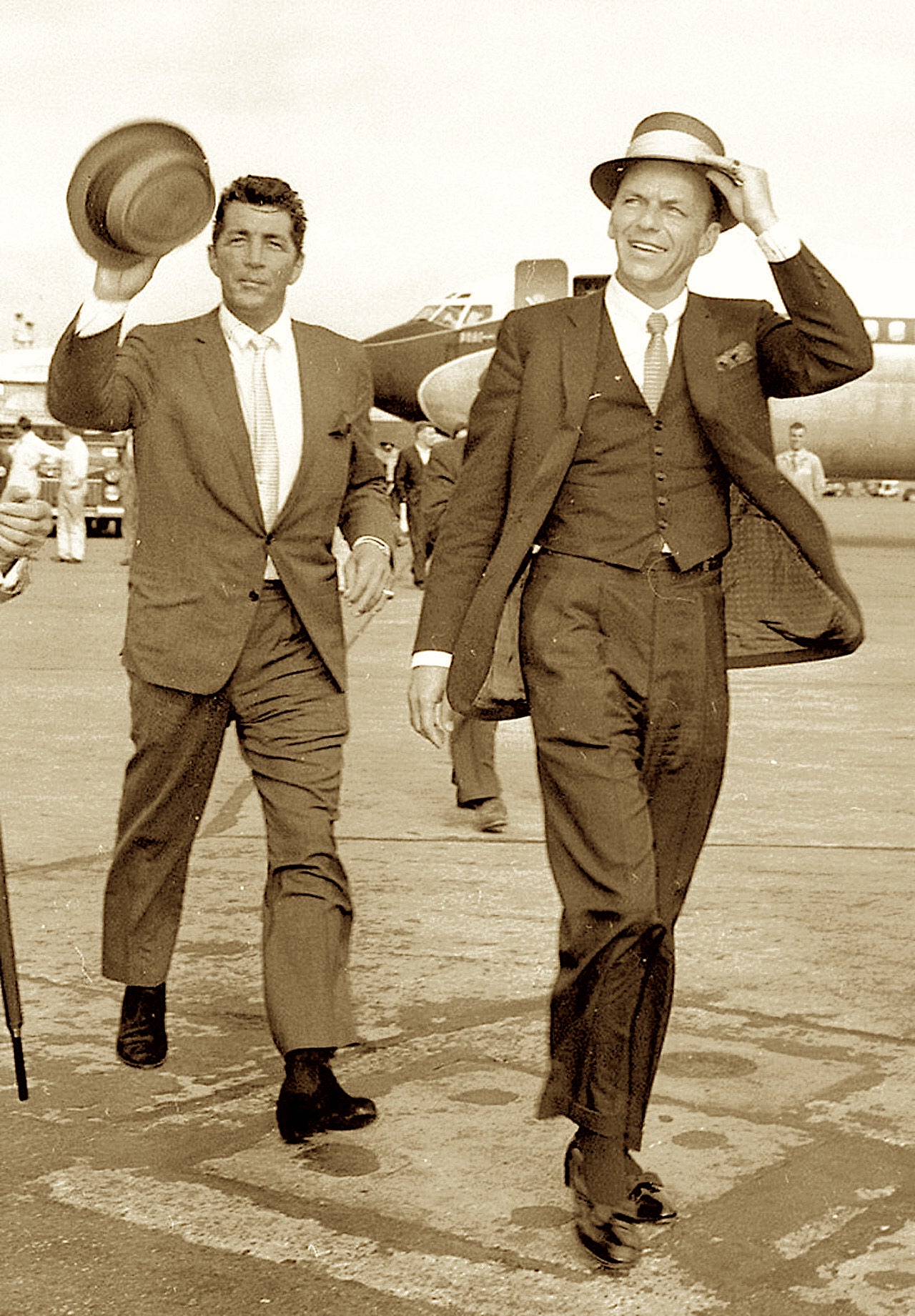
Las Vegas boasts its share of forgettable pasta palaces, but these newcomers—aiming for authenticity over the ersatz—were re-setting the quality paradigm when the Covid crisis hit in March. Each opened in 2019, and all were just hitting their stride when everything was shut down. Now they appear to have weathered the storm and have re-opened for business, serving versions of Italian food far superior to most of their competition. As with everywhere else, the Covid crisis has been brutal on Las Vegas restaurants, but thanks to places like them, we are starting to eat well again.
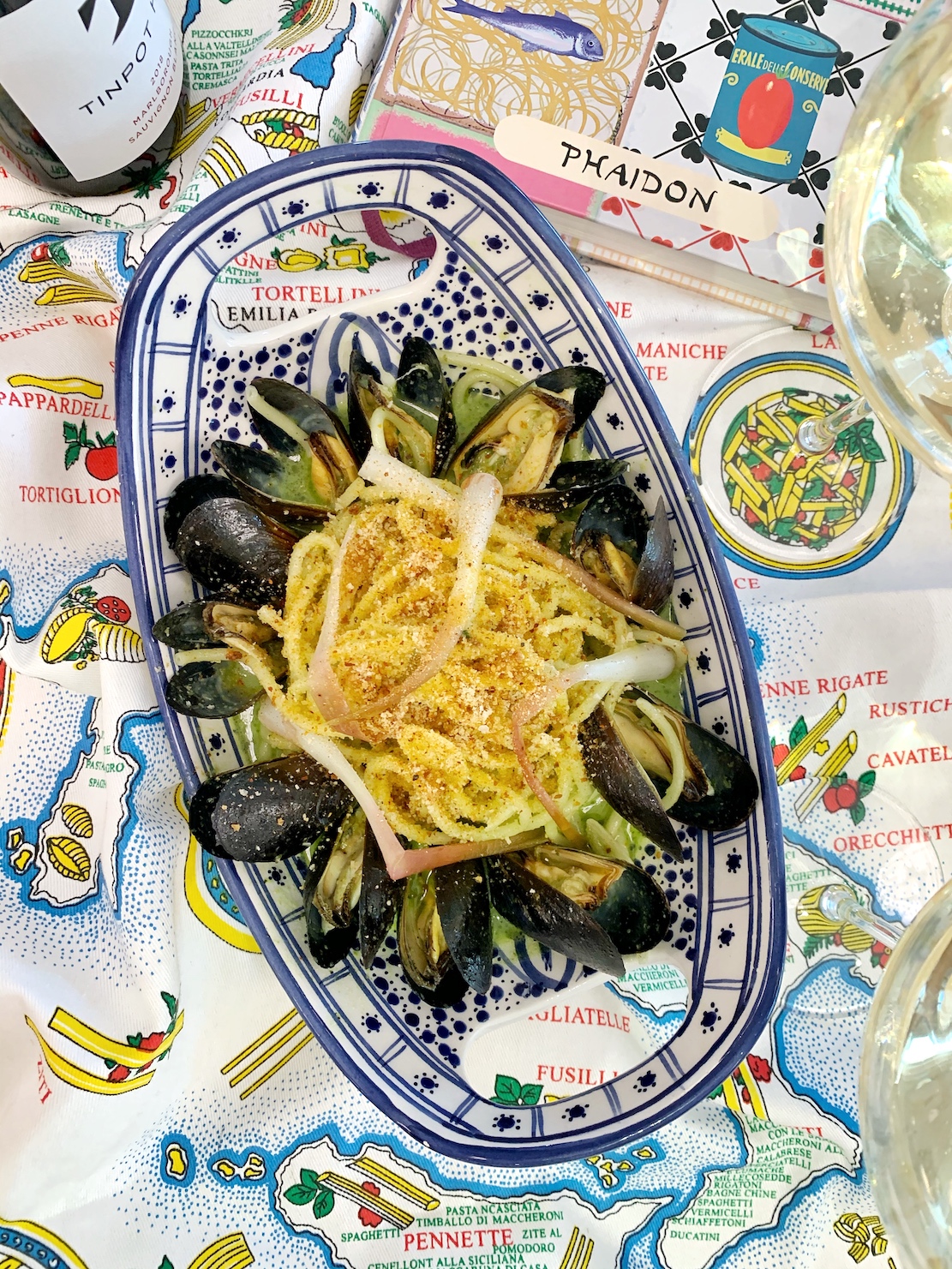 LA STREGA
LA STREGA
3555 S. Town Center Drive
Ste 105
702-722-2099
Mediocre
Italian restaurants are as common in Las Vegas as
slot machines. So it’s big news when an off-Strip
restaurant opens with ambitions of doing Amalfi
Coast tasting menus, Roman-style artichokes and
pitch-perfect Neapolitan pastas. Throw some superior
seafood into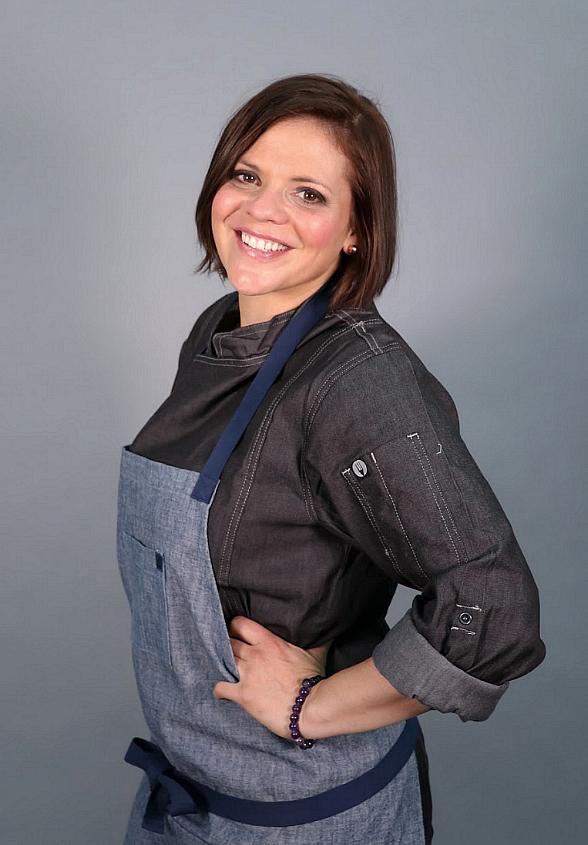 the mix and you have a
recipe for being packed five nights a week and
impossible to get into for Sunday brunch.
the mix and you have a
recipe for being packed five nights a week and
impossible to get into for Sunday brunch.
Gina Marinelli is the talent
behind these menus, and she’s been serving them for
over a year from an open kitchen in one of the
sleekest rooms in town. Her knack with noodles has
made her a celebrity among local pasta hounds, and
her facility with fish is not far behind. She
travels all over the Italian map, keeping her food
seasonal and her customers intrigued, unlike few, if
any, local Italians ever have.
Showing
her range, Marinelli offers a first-rate fritto misto
with calamari and rock shrimp alongside rigatoni
Bolognese, Lombardian scarpniocc
and Tuscan shortribs. Octopus is sparked by
Calabrian peperoncino,
while her tricolor salad (salami, mortadella, pesto,
tomatoes) somehow manages to makes a kitchen sink of
ingredients work well.
Everyone sources Nigerian prawns these days,
but Marinelli dresses hers up without overdoing it
by floating them in a lobster broth of just enough
intensity and letting the ingredients speak for
themselves. Dressings on the salads are equally
demure, whether they be a sweet-sour accent to
crunchy panzanelle
or bitter frisée
greens enhanced with a subtly tart vinaigrette and
an unctuous poached egg. The Witch’s Garden of fresh
veggies, to be dipped in whipped chickpeas, is at
its peak in summer, and looks almost too good to
eat.
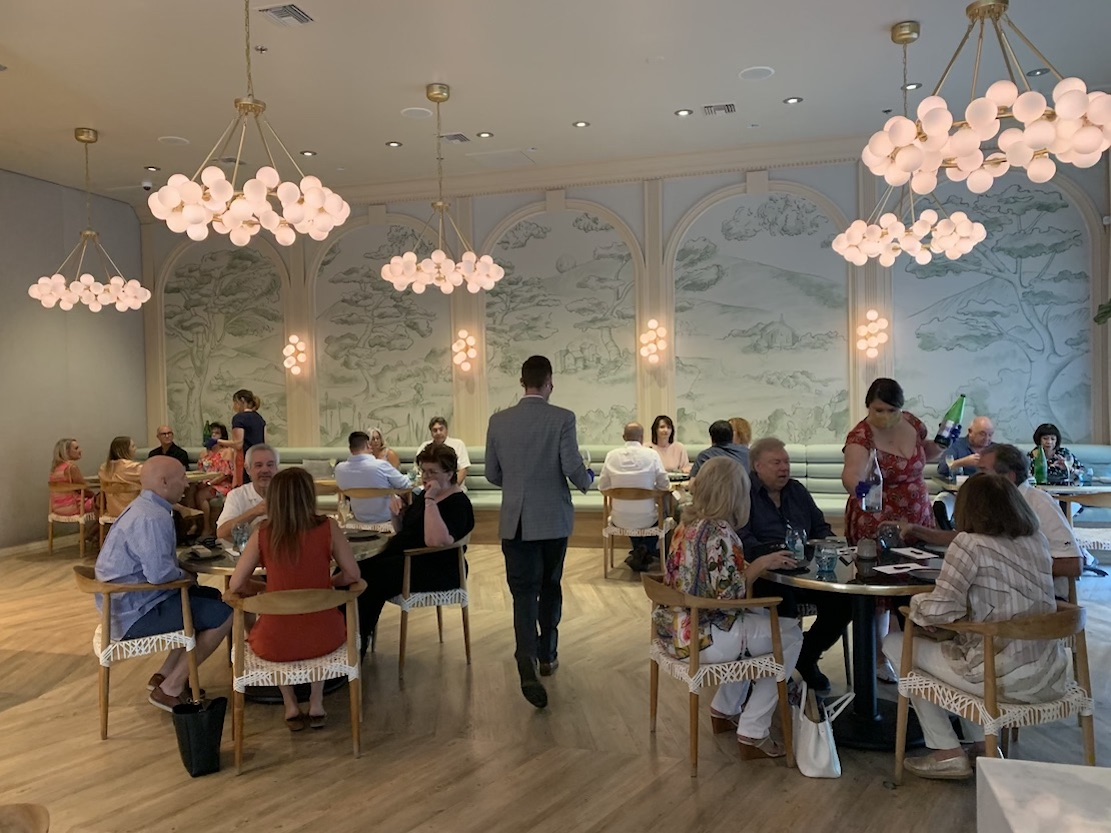 Pastas change
with the seasons, as does most of the menu, but the
rigatoni is gut-busting in all the right ways, no
matter what time of year. It hews close to a classic
Bolognese, while some of the lighter offerings—
spaghetti pomodoro
with blistered tomatoes; linguine vongole
with Manila clams, preserved lemon and chives (left)—tweak the
recipes just enough to peak your interest without
losing the soul of what made them famous. When
available, the bucatini
Genovese—a tangle of dandelion pesto, potatoes
and green beans–—is a lip-smacking example of how
Marinelli innovates without losing the subtlety of
Italian cooking.
Pastas change
with the seasons, as does most of the menu, but the
rigatoni is gut-busting in all the right ways, no
matter what time of year. It hews close to a classic
Bolognese, while some of the lighter offerings—
spaghetti pomodoro
with blistered tomatoes; linguine vongole
with Manila clams, preserved lemon and chives (left)—tweak the
recipes just enough to peak your interest without
losing the soul of what made them famous. When
available, the bucatini
Genovese—a tangle of dandelion pesto, potatoes
and green beans–—is a lip-smacking example of how
Marinelli innovates without losing the subtlety of
Italian cooking.
Big proteins are well
represented: roast chicken with rapini,
whole fish (usually branzino) stuffed with herbs,
the obligatory sirloin—but it’s in the appetizers,
pastas and salads where this kitchen really shines.
Pizzas subscribe to the more is more philosophy of
toppings, but there’s no denying the quality of the
cornicione
crust.
Back when bars were allowed to act like bars,
this was one of the liveliest in the ‘burbs. The
craft cocktails are just as good these days, only
now you have to take them at your table. You won’t
find much to complain about on the wine list,
either, being manageable with prices well below what
you pay for the same bottles twelve miles to the
east.
The
cannolis filled with house-made ricotta are worth a
trip all by themselves.
La Strega is open for dinner Tues.-Sat. and for weekend brunch. Appetizers and salads are priced from $7- $20, pizzas and pastas are in the $15-$25 range, big proteins run from $26 (chicken) to $72 (sirloin), and $8 for dessert.
MATTEO’S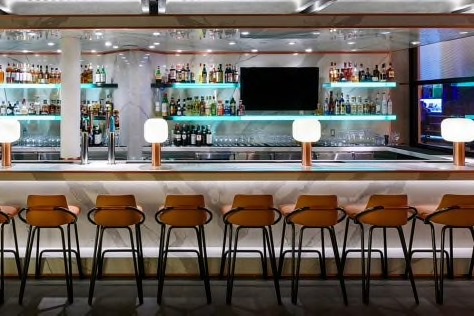
Venetian Hotel and Casino
3355 Las Vegas Blvd.
South
702-414-1222
Matteo’s
aims to take you on a culinary tour of Italy in a
streamlined fashion. Without the pedigree of
Cipriani, what it does it does well at a friendly
price point with lots of options. It began its run
in Las Vegas as an offshoot of The Factory Kitchen,
a popular Los Angeles Italian eatery once located in
an actual abandoned factory. What was groovy and hip
in LA made no sense in Vegas, so, less than a year
after opening, the name was changed to give more of
a clue to the Italian cuisine served. Thankfully,
they didn’t change a thing about the food, which
includes some of the best pasta in town.
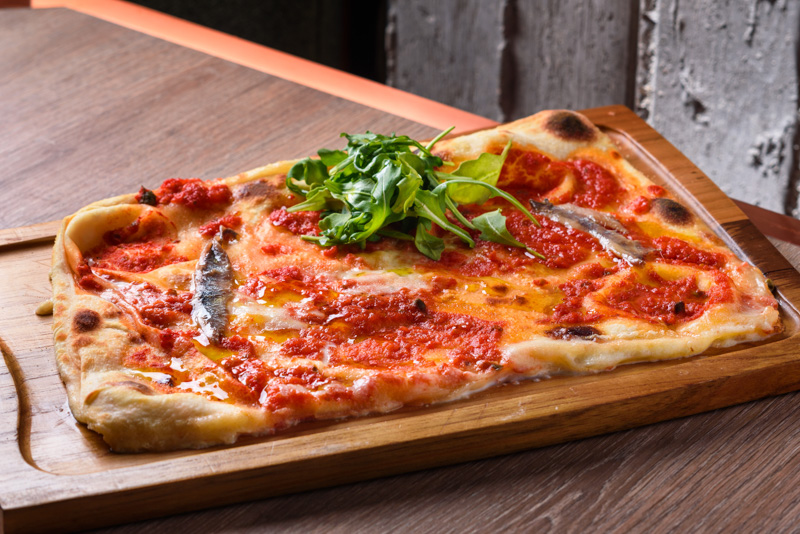 The wine list
is of manageable size and almost entirely Italian,
with well-chosen bottles priced to drink rather than
to soak the high rollers. There are plenty of
interesting bottles in the $50-$100 range.
The wine list
is of manageable size and almost entirely Italian,
with well-chosen bottles priced to drink rather than
to soak the high rollers. There are plenty of
interesting bottles in the $50-$100 range.
The next thing you'll notice is
the olive oil, the real deal from Liguria, with
herbaceousness to burn and a long, soothing,
back-of-the-throat peppery finish. The soft white
bread that comes with it is rather bland (just as in
Italy), the better to serve as a carrier for all of
those earthy notes from the oil.
The menu is full of dishes you
may never have heard of— ortolana; peperú;
mandilli di seta set beside those you have—carpaccio, frittura, pappardelle,
branzino, all
of them eye-popping and mouth-dropping (and all are
translated into English). Over a dozen starters are
offered, covering the Italian map from north to
south. Surprises abound, such as the sweet and
spicy, soft-cheese-stuffed peppers (peperú),
and the tangle of bright, fresh field greens with
watermelon, radish and champagne vinaigrette (ortolana),
or beer-battered leeks with chickpea fritters (frittura).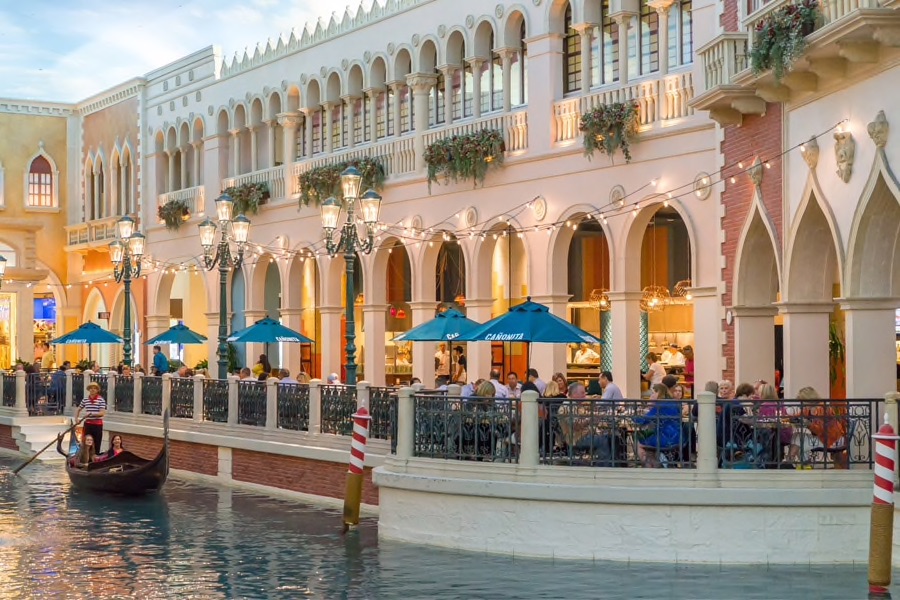
As good as those are, the two
starters not to miss are the prosciutto fanned out
in slices sitting beneath a mound of stringy-creamy stracciatella cheese,
speckled
with pepper and drizzled with more of that insanely
good oil. All of these sit atop crispy fried sage
dough, making for a picture perfect amalgam of
crunchy, creamy, salty and sweet. The dish
represents the sort of flavor/mouthfeel gymnastics
that Italian food achieves effortlessly when the
ingredients are right. It may be the most expensive
antipasti ($25), but it also feeds four as an
appetizer.
The other starter is the "sorrentina,"
Chef Angelo Auriana's homage to the
seafood salads of southern Italy. Grilled calamari,
chickpeas and fava beans are enlivened with just the
right spark of chili in the lightly-applied
dressing.
Most of the dishes sound more
complicated than they are, but there's nothing
particularly simple about plancha-roasted
octopus with garbanzo puree, roasted carrots
and cotechino
sausage. The trick is in using good ingredients,
and knowing how to balance flavors on the plate.
The signature mandilli di
seta (handkerchief-thin noodles bathed in
almond-basil pesto) will be a revelation to those
who’ve spent any time in the Cinque Terre. The seafood-filled ravioli
are like pillow-y surprises straight from Naples.
Pastas are all fairly priced ($21-$31) and
meant to be shared.
You may probably
stuff yourself on those pastas, but, if self-control
takes hold, save room for
the lamb chops, which are superb, as is the branzino,
the veal, and the 16 oz. ribeye. And get
the cannolis for dessert. They're made in-house
and fantastic.
Open for lunch and dinner, with starters $10-$25; pastas $21-$36; main courses $32-$54. The wine list is heavily Italian, organized by regions, and marked up far less than its competition.
CIPRIANI LAS VEGAS
Wynn Hotel and Casino
3131 South Las Vegas
Boulevard
702-770-7390

You
don't go to Cipriani because there's some hot new
chef at the stoves. You aren't there for pirouettes
on the plate or cartwheels in the kitchen. You
didn't just stumble by the place on your way to
somewhere else (the pool, a nightclub, blackjack, etc.).
Here, cutting-edge is not part of the cuisine
vocabulary. The reason you walk through the door is
because you can't find this experience easily except
where the Cipriani group has located restaurants.
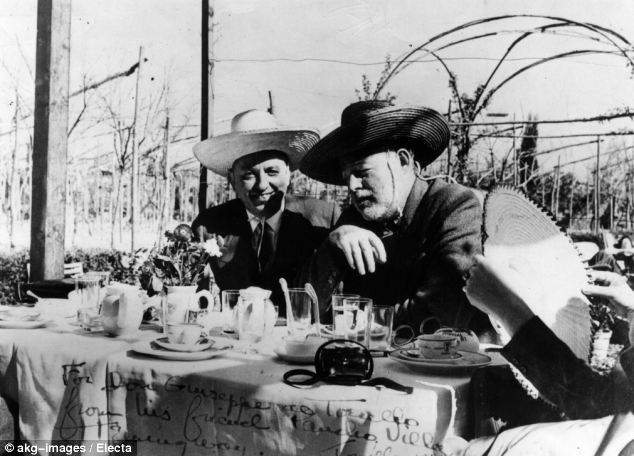 The restaurant is there to serve you
but has nothing to prove. It knows itself like a
high soprano knows an aria from Madame
Butterfly. In its original incarnation
Cipriani in Venice had been doing the same thing in
the same way successfully for decades. All that is
left is for you to submit to its charms and history
and to discover that, through decades of refinement,
it serves a menu of subtle perfection like most
Americans probably have never tasted before.
The restaurant is there to serve you
but has nothing to prove. It knows itself like a
high soprano knows an aria from Madame
Butterfly. In its original incarnation
Cipriani in Venice had been doing the same thing in
the same way successfully for decades. All that is
left is for you to submit to its charms and history
and to discover that, through decades of refinement,
it serves a menu of subtle perfection like most
Americans probably have never tasted before.
Before we get to that food, a
little history is in order. Cipriani Las Vegas is
the latest in a chain of Italian restaurants that
traces its lineage to Harry's Bar in Venice, founded
in 1931 by Giuseppe Cipriani—the grandfather of the
family—and became famous as a watering
hole/restaurant for European nobility, celebs
and American literati including Ernest Hemingway (left, with Giuseppe Cipriani)
in the late 1940s and ‘50s. Giuseppe was fond of
saying he deliberately made Harry’s Bar, which is
located down a narrow street away from San Marco,
hard to find, because he wanted people to go there
“on purpose.”
Las Vegas is now the 19th
Cipriani-run restaurant in the world, stretching
from London to Singapore—New York currently has
three—and the business is still family-owned. Las
Vegas’s Cipriani references the look of the original
but spruces it up more than a bit to give the
premises a flashy sense of urbanity the original has
only by way of reputation. (Rubes visiting Harry's
Bar in Venice often walk through the almost-hidden
side door, look around and say, "This is it?") Where
the original boasts only a modest eight-seat bar and
ten low-slung tables on its first floor, faded
furniture, pale yellow walls and a few windows you
can barely see out of, the "copies" around the world
polish things to a fare-thee-well. The tables are
still low, but the bold tan, white, and dark blue
color scheme bespeaks a nautical, unpretentious
elegance that you will slip into like a pair of
well-worn Ferragamos.
First-timers may find those low
tables take a little getting used to, but they are a
definitive part of the Harry's/Cipriani brand, so
get used to them you will. Arrigo Cipriani,
Giuseppe’s son, in his written history of Harry's
Bar, explains their design as reminiscent of
the low tables he sat at as a child, where he always
had more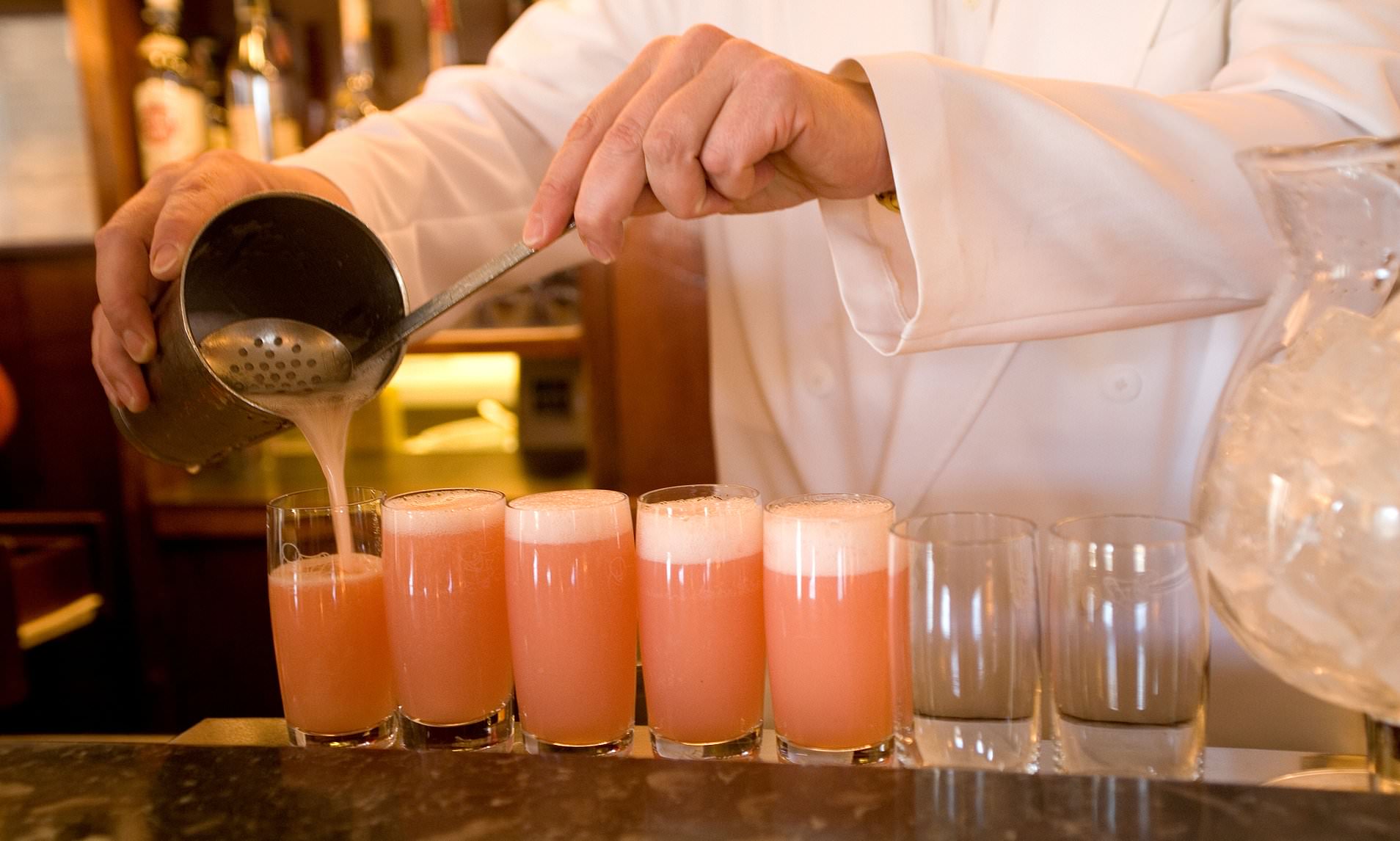 fun than at the taller, stuffier
"grown up" tavola. Sit at them for a few minutes and
you will see how they promote a certain intimacy
among your tablemates. For larger folk, there are a
number of plush booths (also lower) where you can
spread out with lots of comfy pillows.
fun than at the taller, stuffier
"grown up" tavola. Sit at them for a few minutes and
you will see how they promote a certain intimacy
among your tablemates. For larger folk, there are a
number of plush booths (also lower) where you can
spread out with lots of comfy pillows.
Eighty-nine years on, the details
still matter. Those tables will always be covered in
starched white linens, the flatware is modestly
sized and the staff is one of the most smartly
outfitted in the business. Liquids are served in
short, stout glasses (even the wine) and the sleek
and sexy décor—all polished woods and gleaming
brass—makes everyone feel like they're in a Cary
Grant movie.
Before you get to the menu, you
will first have a Bellini (right)—a small glass of Prosecco
and white peach juice invented because Giuseppe
looked around one day in the summer of 1948 and
said, "What the hell am I going to do with all of
these white peaches?" He then named it after the
15th Century Venetian painter Giovanni Bellini. They cost
$17 in Vegas, more in Venice, and they're pretty
small, but an essential part of the experience.
After your Bellini, you'll have the carpaccio, the other
world famous invention of Giuseppe Cipriani, this
one from 1950, stemming from some "ravishing
countess" whose doctor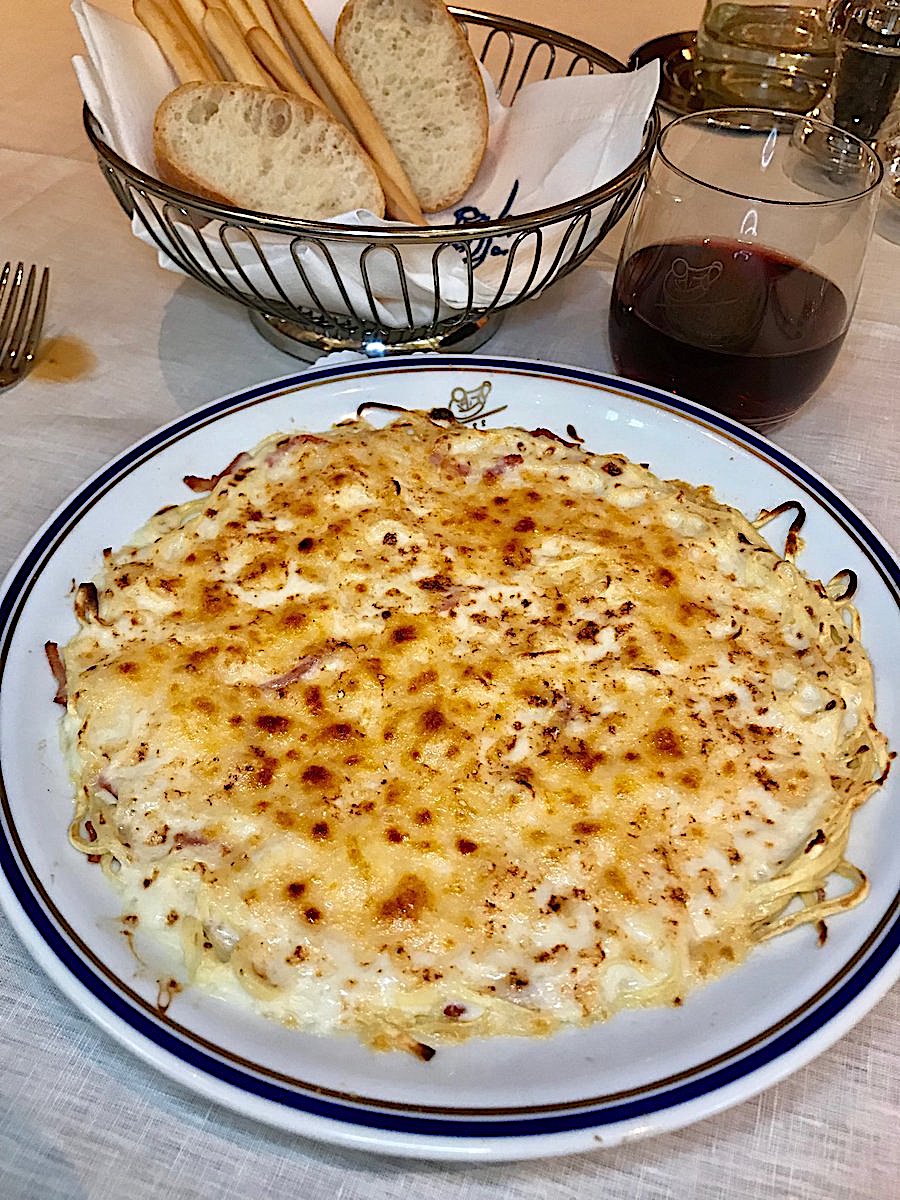 said she
couldn't eat cooked meat. Cipriani simply pounded a
raw filet paper thin and dressed it with a white,
mustard/mayonnaise sauce, naming it after the
Renaissance painter Vittore Carpaccio, whose works
happened to be on exhibition in Venice at the time.
said she
couldn't eat cooked meat. Cipriani simply pounded a
raw filet paper thin and dressed it with a white,
mustard/mayonnaise sauce, naming it after the
Renaissance painter Vittore Carpaccio, whose works
happened to be on exhibition in Venice at the time.
With those preliminaries out of
the way, you will be free to peruse the wine list as
you nibble on addictive short grissini (breadsticks)
or some rather forgettable bread. The list is of
modest length and actually rather approachable, with
plenty of decent choices of Italian white wines from
multiple regions in the $65-$100 range.
By now, it will be time to dive
in. Certain dishes separate the men from the
boys as it were, when it comes to the food of the
Veneto: polenta, salt cod, cuttlefish, veal with
tuna sauce and, most of all, calf's liver "alla
Veneziana." 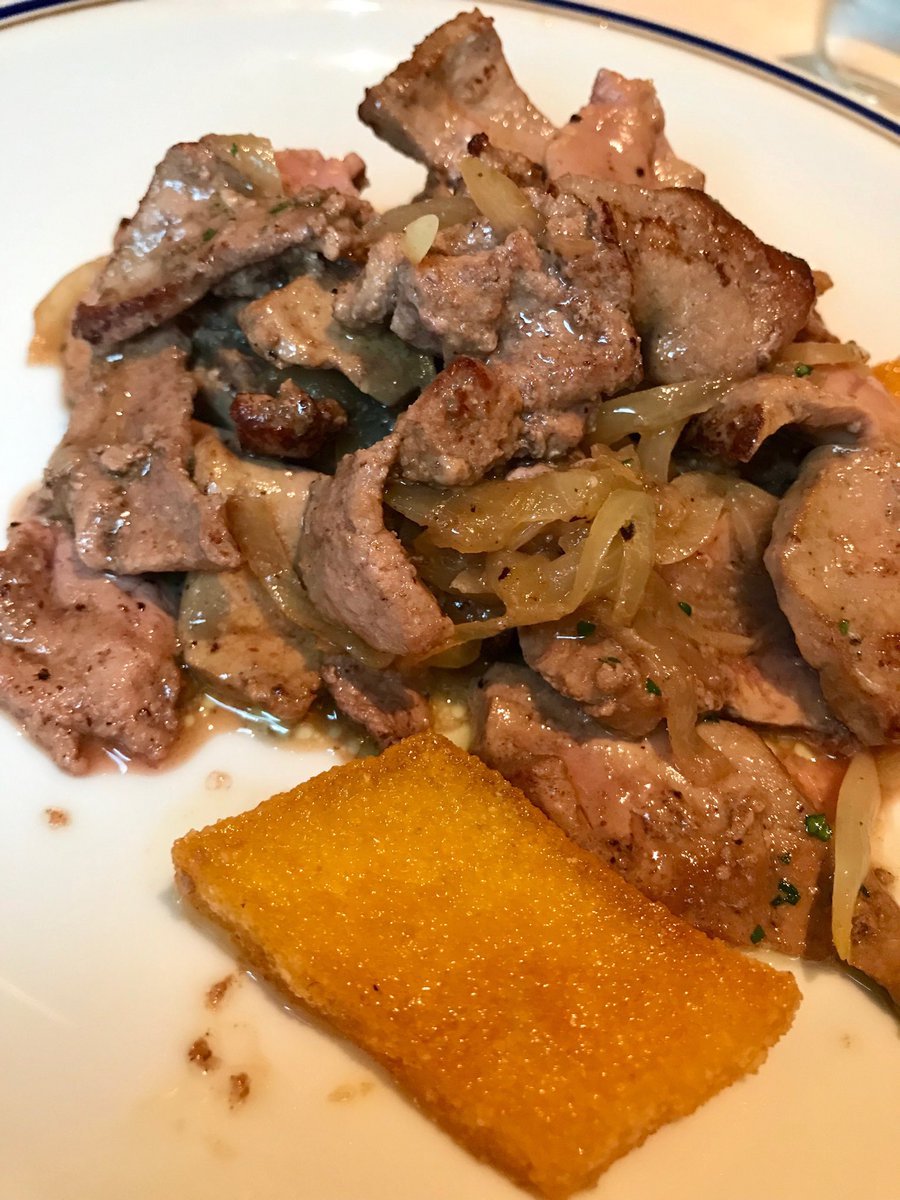 None of these is what
springs to mind when most Americans think of
"Italian food."
None of these is what
springs to mind when most Americans think of
"Italian food."
Of things not to be missed are
the baby artichokes "alla Romana" and the Bacalà
Mantecato (whipped salt cod, served with fried
polenta). Americans usually resist the allure of the
second dish, even though salt cod is no fishier than
a tuna sandwich, while serious foodies love its
airy, whipped refinement, which echoes the sea.
Tuna of a more refined sort makes
an appearance in a mayonnaise-like emulsion covering
thin slices of cold Vitello tonnato, an umami-rich,
meat-meets-sea antipasto much beloved by Italians in
the summer. Salads of endive and radicchio and
lobster with avocado are offered, and they're
perfectly fine (if a bit boring), so you'll want to
lean more towards the prosciutto and bresaola, which
are top shelf and sliced right. Seafood lovers
are equally well-served by the plump shards of
sweet-sour anchovies, and the seppie in tecia—a
thick, black stew of ink enveloping tender
cuttlefish strands that's as far from fried calamari
as foie gras is from a chicken salad sandwich.
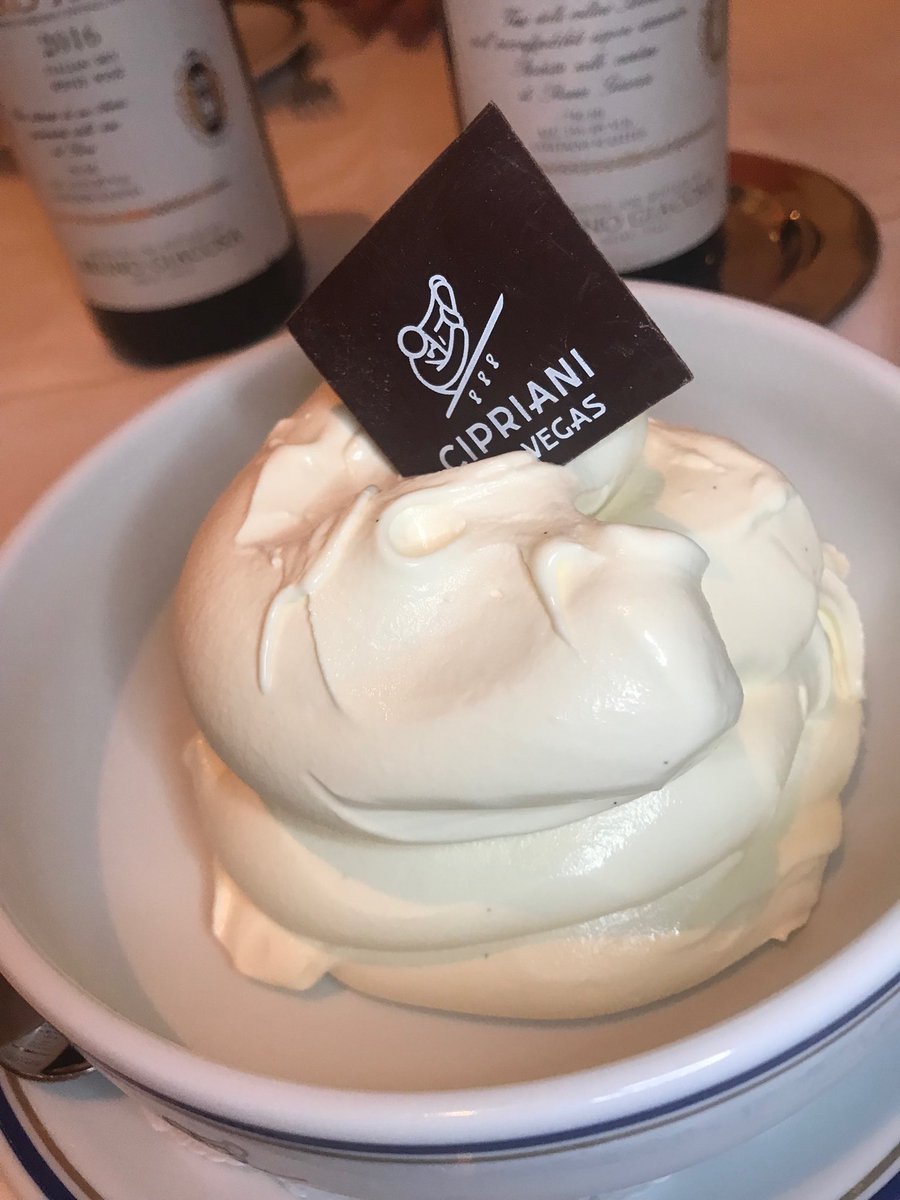 Pastas are
where things get heftier. But the portions easily
feed two to four and are so good they should come
with a warning label that repeated exposure could
become habit forming. It's doubtful you've ever had
a veal ragù as light as the one dressing thick
strands of tagliardi,
and you'll wonder if cream, ham, peas and cheese
have ever matched better with tortellini
or been baked more beautifully as a crust for thin,
egg-y tagliatelle (left), another
signature dish. Knuckle-sized gnocchi
come dressed with tomato cream one day, Gorgonzola
cream the next, and are surprisingly light.
Pastas are
where things get heftier. But the portions easily
feed two to four and are so good they should come
with a warning label that repeated exposure could
become habit forming. It's doubtful you've ever had
a veal ragù as light as the one dressing thick
strands of tagliardi,
and you'll wonder if cream, ham, peas and cheese
have ever matched better with tortellini
or been baked more beautifully as a crust for thin,
egg-y tagliatelle (left), another
signature dish. Knuckle-sized gnocchi
come dressed with tomato cream one day, Gorgonzola
cream the next, and are surprisingly light.
They do a beautiful Dover sole "alla Mugnaia,”
wonderful langoustines "al forno"
and a rib-sticking braised short rib, but if you
really want to eat like a Doge of Venice, tuck into
the calf's liver alla Veneziana (above) a dish
the Venetians
claim to have invented, though, as Waverly Root
wrote in his The
Food of Italy, "It seems so natural a
combination that it need hardly be pinned down to
any single point of origin.”
Pizza makes an appearance (just
to appease Americans, no doubt), and they are quite
good, but going to Cipriani for a pizza is like
going to La Scala to see the Book of Mormon.
Desserts are remarkably light and
white: Dolce Vanilla Meringue Cake, a Napoleon with
vanilla cream, vanilla panna cotta, and the
thickest, creamiest, silkiest and most vanilla-y
gelato you have ever tasted.
Cipriani
is neither crowd-pleasing nor elitist. It is Italian
style made accessible; simple, sophisticated food
served with panache. There is a seductive,
reassuring quality to its flavors and atmosphere.
Nothing overpowers, but each bite beckons another;
every visit inspires a return. The cuisine is born
of nuance, and the service has been honed by almost
a century of tradition. But Cipriani is not for
everyone. You have to go there on purpose.

Cipriani is open for lunch and dinner daily. Appetizers and pastas run $14-$34, main courses $30-$64. The $29 prix fixe lunch is a steal.
❖❖❖
By John Mariani
LOVE AND PIZZA
Since, for the time being, I am unable to write about or review New York City restaurants, I have decided instead to print a serialized version of my (unpublished) novel Love and Pizza, which takes place in New York and Italy and involves a young, beautiful Bronx woman named Nicola Santini from an Italian family impassioned about food. As the story goes on, Nicola, who is a student at Columbia University, struggles to maintain her roots while seeing a future that could lead her far from them—a future that involves a career and a love affair that would change her life forever. So, while New York’s restaurants remain closed, I will run a chapter of the Love and Pizza each week until the crisis is over. Afterwards I shall be offering the entire book digitally. I hope you like the idea and even more that you will love Nicola, her family and her friends. I’d love to know what you think. Contact me at loveandpizza123@gmail.com
—John Mariani
To read previous chapters go to archive (beginning with March 29, 2020, issue.
LOVE AND PIZZA
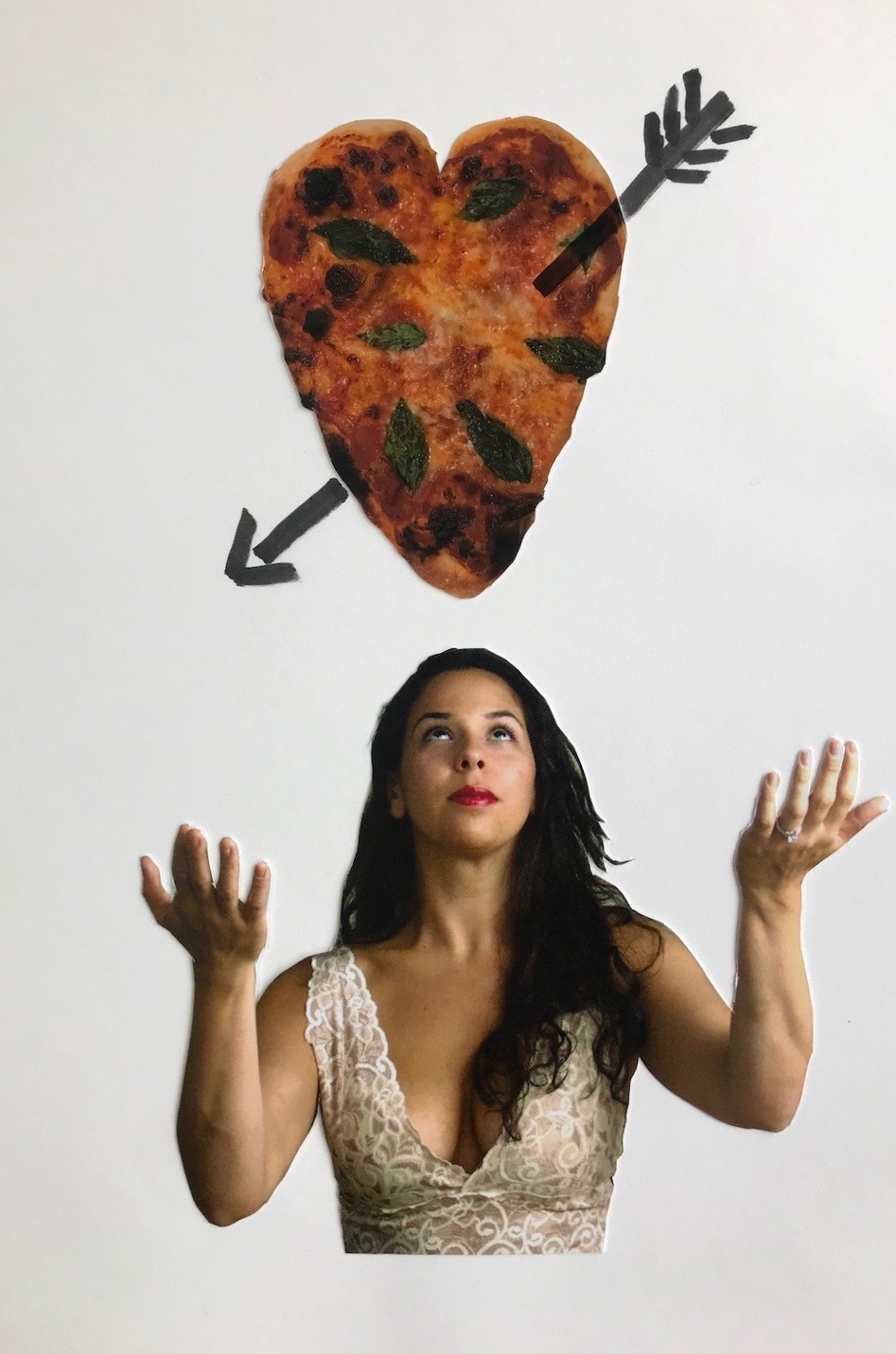
Cover Art By Galina Dargery
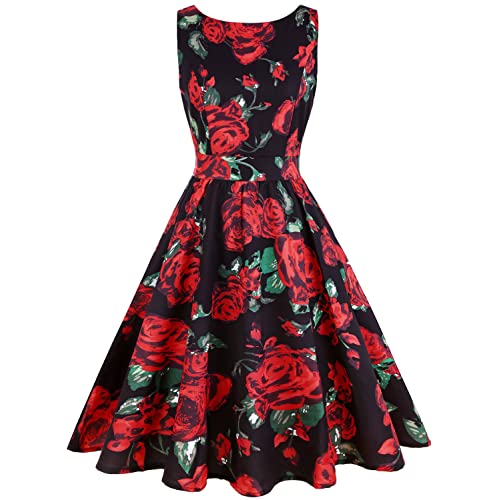
The
day after the funeral back home, Nicola did
indeed receive a business class plane ticket
on Pan Am from Willi magazine
and it brightened her mood. She
had been trying to take her mind off
everything—the loss of her grandmother and the
offers from the press and model agencies, even
Giancarlo—and plunged back into her studies,
finishing a short paper on Renaissance
landscapes in advance of her flying home for
Easter.
Catherine had been a good and
quiet friend all through the week’s turmoil,
taking Nicola for pizza at Paper Moon, making
sure their other friends stepped lightly around
Nicola, and hoping that soon Giancarlo might
actually call Nicola back.
Catherine, who like
apparently most young women who met Giancarlo,
was a little infatuated, but she truly believed
Nicola’s meeting him was fate. She’d
stayed away from the subject of Nicola’s
“clearing her head” by going to bed with some
nice Italian guy, but Catherine thought that a
romantic attachment with Giancarlo would be the
very best thing for her in so many ways. But
she didn’t dare ask Nicola if he’d called.
And then he did. It
was on Thursday and he said he would love to
drive down to Milan—it was less than a
two-hours’ drive on the A4--and he wanted to
know if he could have—how do you say it?—“the rain
check?” Eight
o’clock at Savini on Friday night? Fantastico!
He said he couldn’t wait to see her and that
he’d call when he got into the city.
Nicola hung up the phone and
called Catherine in another room to tell her.
“Okay, Catherine,” she said, “let’s plan on what
I’ll wear. I’ve never had a date with a
Marchese.”
Parco Sempione

Her friend sniffed
and said, “I’m sorry to say neither have I!”
Having
passed by Savini numerous times, Nicola knew she
could go as dressy as she wished, but she also
sensed that Giancarlo was not expecting her in
an opera gown.
She also remembered that he might have
seen her in the navy and white dress she’d worn
to the Armani show, so that was out.
Much discussion followed,
joined by Mercédes, Jenny and Suzanne, each with
a different opinion. Nicola said, “I think I
should go very simple, not too sexy. Nothing
with sequins.
Definitely not black. A
dress, not an ensemble. Not a
suit. Maybe a clingy knit. God, I
wish I could afford Missoni!”
Catherine smiled devilishly
at her.
“Catherine,” Nicola said
slowly, “don't go getting any dumb ideas.”
“Who, me?”
“What colors is Savini done
in?” asked Jenny.
“Mostly cream colored walls
with big red brocade curtains,” Nicola answered.
“That doesn’t help,” Mercédes
said. “Too bland, too old fashioned. We've
got to work with your colors,
Nicky.”
“I’m thinking, I’m thinking,” said
Catherine, then,
“I’ve got it! Nicky, I know you don’t
like black but if you play red off black, like
with a sash or a flower or a scarf …”
“Or a
headband?” asked Jenny.
“Or a headband. The colors will not just
complement you but will work inside that stodgy
old décor.
You’ll stand out like a rose!”
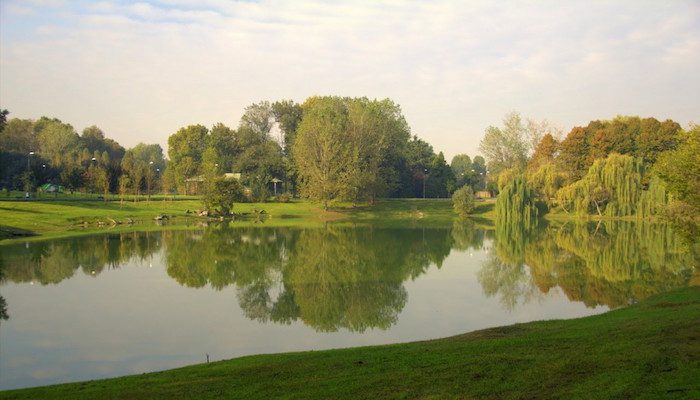
Parco Fornalini
“I don’t
know,” said Nicola, then she snapped her
fingers. “Wait
a minute, what about a slinky black dress with lots
of roses printed on it?”
All the girls looked at each other as if
Nicola had something there.
“It sounds great, Nick, but where are you
going to find that by tomorrow night?” asked
Suzanne.
“I’ll tell you where,” Nicola said,
grinning. “At my old friend Patrizia Palma’s
studio! She
had a dress like that on the rack and it was
gorgeous.
Not girlie. Very chic. Something
I’d expect Sophia Loren to wear to seduce
Marcello Mastroianni.”
“But I thought you were Claudia
Cardinale,” said Suzanne.
Nicola shook her hair. “Suzanne, I was
Claudia Cardinale for one hour. I’d
kinda like to go back to being me.”
“Or Sophia Loren.”
“Well,” Nicola replied, “Maybe Sophia
Loren ... for one evening at Savini.”
“This is starting to sound like
‘Cinderella,’” said Jenny, and all the girls
started fluttering around Nicola like the mice
and birds in the Disney cartoon, sewing and
pinning Cinderella’s dress to wear to meet the
Prince.
And so it was decided. Nicola
called Signora
Palma with her request, and, with Catherine
sharing the phone’s handset, they heard the
designer say she could not be happier. “Bella,
you going to look fantastic
in that dress.
You have the curves—though you know, the
dress is tight on the thighs. I
have it sent over to you. No! Aspett’!
You come here, we fit you so it look perfetto. Giancarlo—come si
dice?—he not gonna know
what hit him.”
“Oh, Signora
Palma, thank you so
much.”
“Eh, bella,
you no have to thank me. Everybody
today they talk about you as ‘La Nuova
Ragazza,’ the New Girl, the one who look
so beautiful at the Patrizia Palma show. They
ask me where I find this beautiful American
girl. Now
you go to Savini with the most handsome man in
Milano tomorrow night and everybody see you in
my dress. Then everybody want to buy
the dress! Perfetto! I
send the car to pick you up.”
Twenty minutes later the BMW was
downstairs, and twenty minutes after that Nicola
and her friends all arrived at Patrizia Palma’s
studio. The girls loved everything they laid
their eyes on. Catherine asked if the samples
were for sale. One of La Signora’s
assistants had been made wholly aware of why
Nicola was there, saying, “Signora
Palma is out on business, and I have to say,
business is very
good after last week’s show. So she tell me to
take the best care of you.”
With that, the chosen dress was pulled
from a rack, the plastic cover removed, and the
radiant, sexy beauty of the design was obvious
to everyone.
Suzanne looked at Nicola and said, “Il Marchese
doesn't stand a chance.”
Catherine,
shaking her finger tips and imitating Signora Palma,
said, “He’s-a not-a gonna know what hit him!”
*
*
*
*
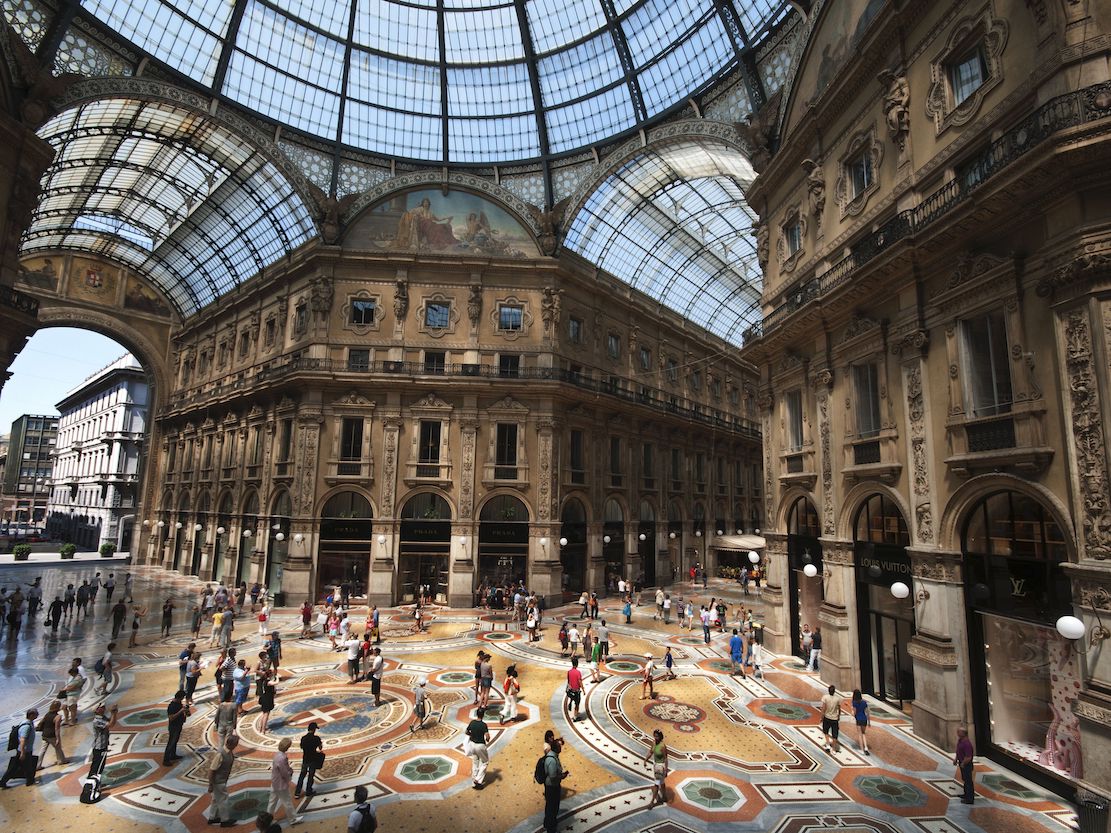
By then
it was the end of March in Milan and, despite
the best efforts of the cold Apennine winds and
the nebbia,
the city had emerged from winter with its skies
a defiant blue.
Flowers had sprouted and the Parco
Sempione and Parco Forlanini were beginning to
bloom, with fastidious giardinieri
clipping and shaping bushes and trees to look
artfully natural.
The city had nothing to approach the
breadth and depth of the Bronx Botanical Garden,
as Nicola was wont to point out, but Milan’s
parks made for what they lacked in diversity of
plants in statuary and antique structures. 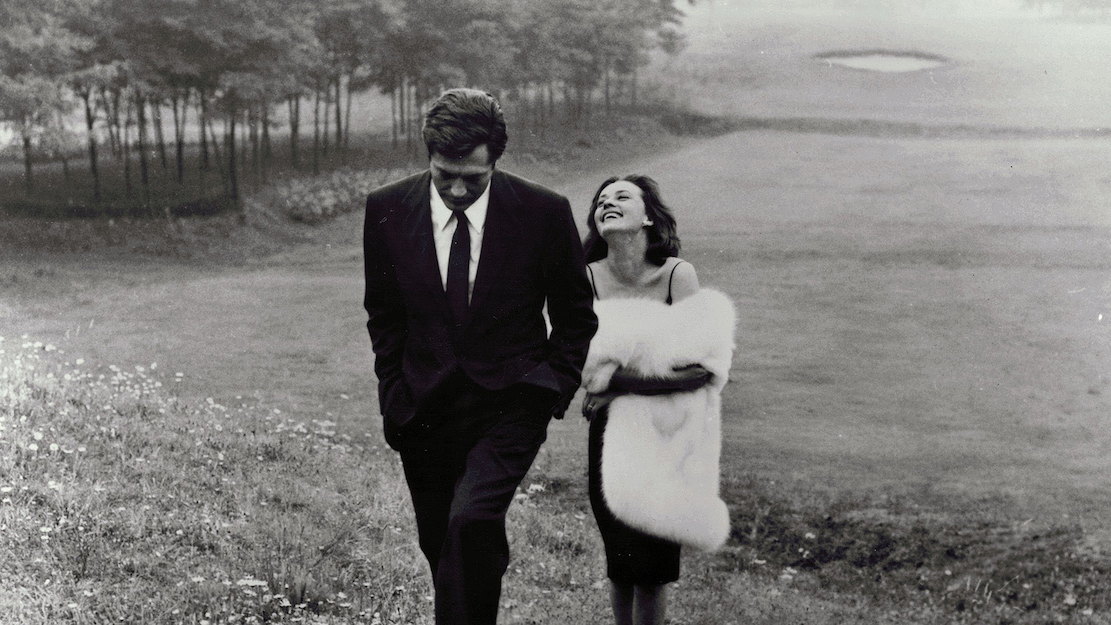
Sadly, no one could ever recall anyone
having written a song about Milan in springtime,
or any season for that matter, nothing like
“April in Paris” or “On an Evening in Roma” or
“Autumn in New York.” And movies had not been
much kinder in showing the city’s romantic side. When
director Michelangelo Antonioni sought to
portray romantic love as something
thoroughly depressing in his film “La Notte,”
he chose Milan to have his characters—played
by Jeanne Moreau and Marcello Mastroianni—admit
they don’t love each other anymore by having sex
in a golf course’s sand trap (right).
Nevertheless, anyone standing in the
piazza outside the Duomo that March night,
looking through the soaring archways of the
Galleria, with twilight fading and a full moon
rising over the city’s eastern horizon, would
find abundant reasons to find Milan romantic. The
mere sight of so many lovers, young and old,
strolling arm in arm during the early evening
hours—a nightly ritual called the passagiata—proved
that the Milanese soul was truly and always
deeply Italian.
© John Mariani, 2020
FLAVORFUL WINES
by Geoff Kalish
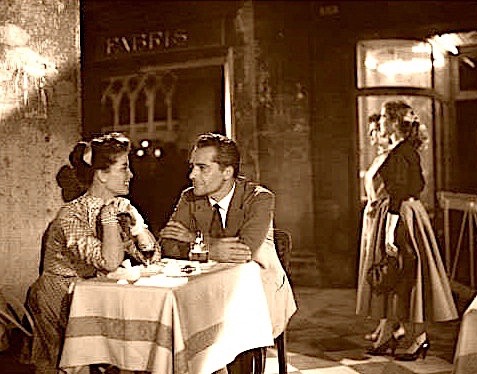
While
keeping us out of restaurants, the coronavirus
situation has afforded the opportunity to
experiment at home with a range of wine and food
combinations without having to deal with the
“marked up” price of the wines. What I have
found is not too surprising. Some wines are just
too bland to match well with most food. For
example, many Pinot Grigios, Petite Chablis and
even some “restrained” Chardonnays added little
to the flavors of even mild seafare, like
striped bass and branzino.
And it’s not just whites; too
many “soft” Merlots and even Cabernet
Sauvignon-based brands are just too dull to add to
the enjoyment of grilled beef or lamb dishes. On
the other hand, not unexpectedly, some whites,
like very oaky Chardonnays, highly spiced
Gewürztraminers and too grassy Sauvignon Blancs
overwhelmed even the most flavorful seafood like
swordfish, tuna and octopus. Also, the power of
some coat-your-teeth Amarones, Ripassos and very
high-alcohol Zinfandels tended to drown out the
flavor of even the most garlic-laden or
rosemary-spiced fare.
Thankfully, there’s a middle
ground of just flavorful enough whites and reds to
mate with a wide range of fare, enhancing the
enjoyment of both the wine and the food. And below
are discussed some of the wines enjoyed recently
that met the bill with some choices for fare to
optimize the flavor of the match.
REDS
2017 River Road Pinot Noir, Stephanie’s Cuvée ($30)—This elegant wine was made from grapes sourced from Green Valley of the Russian River Valley region. Following fermentation, the wine is aged in French oak barrels (20% new) before bottling. It has a complex bouquet and flavor of ripe cherries, crushed blueberries and vanilla and pairs perfectly with grilled swordfish or tuna as well as lamb or pork chops.
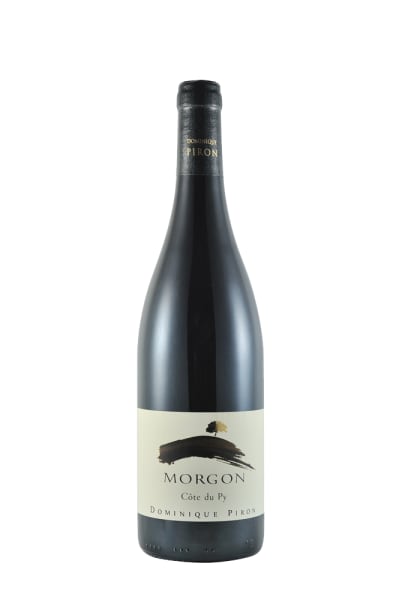
2017 Domaine Vincent
Prunier Auxey-Duress ($39)—While not
nearly as well known as other Côte de Or
Burgundy regions, Auxey-Duress, about 5 miles
southwest of the town of Beaune, has produced wine
since the 2nd century BC. And
since Vincent Prunier inherited about 5 acres of
vineyards from his father (now expanded to 30
acres), he has been producing superior wine from
grapes that are planted and maintained to allow
deep root growth to absorb as much flavor as
possible. The wine shows a bouquet and taste of
black plums with hints of cranberry, cherry and
cedar that makes a great mate for hamburgers,
grilled chicken or even hot dogs.
2016 Dominique Piron
Côte du Py Morgon ($23)—Not your typical
light, banana-scented Beaujolais, this bottle, now
benefiting from a few years of cellaring, hails
from an area noted for mineral-rich soil imparting
an earthiness into its wines. It shows a complex
bouquet and taste of cherries and ripe berries in
addition to its earthiness that allows it to mate
with heartier summertime fare like grilled sirloin
steak, stuffed peppers and garlic-laden cold pasta
salads.
2017 Lloyd Cellars Pinot Noir ($50)—Fashioned from 100% Pinot Noir grapes from La Viña and Rio Vista Vineyards in California’s Santa Rita region, this wine was fermented in stainless steel tanks, then aged for 10 months in French oak before bottling. It shows a bouquet and taste of ripe strawberries, cherries and cranberries with hints of oak in its finish. It matches well with hamburgers, pizza, or charcoal-grilled steaks.
WHITES
2015 Billaud-Simon
Chablis Valorent ($54)—This lobster
lover’s wine comes from the only Prémier Cru
vineyard on the slope containing the Grand Crus. Following
hand-harvesting and fermentation, the wine was
aged in stainless steel for 18 months prior to
bottling. It has a bouquet and taste of ripe
apples and pears with notes of apricots and a
vibrant finish with a lingering flavor of lemons
and honey that complements the richness of lobster
perfectly. In addition to lobster this wine makes
great accompaniment to grilled salmon and Arctic
char as well as milder fish like stripped bass or
halibut.
containing the Grand Crus. Following
hand-harvesting and fermentation, the wine was
aged in stainless steel for 18 months prior to
bottling. It has a bouquet and taste of ripe
apples and pears with notes of apricots and a
vibrant finish with a lingering flavor of lemons
and honey that complements the richness of lobster
perfectly. In addition to lobster this wine makes
great accompaniment to grilled salmon and Arctic
char as well as milder fish like stripped bass or
halibut.
2018 Jordan Chardonnay ($35)—After 43 years as Jordan’s only winemaker, Rob Davis stepped down a little over a year ago and turned the reins over to his assistant, Maggie Kruse. And the first wine she’s bottled is a blockbuster that benefits from a period of resting on its lees and partial aging in French oak. It’s bursting with bouquet and ripe flavors of apples and pears well integrated with toasty oak and shows a lively touch of citrus in its long finish. It pairs well with a wide range of fare from shrimp to grilled tuna, and even spicy chicken wings and grilled drumsticks.
2017 Alain Graillot Crozes-Hermitage Blanc ($40)—Only 10% of the wine produced in Crozes-Hermitage is white and this one (made of 80% Marsanne and 20% Roussanne grapes) is a refreshing treat. It’s loaded with a bouquet and flavors of ripe pears and melon, with hints of pineapple and a long citrusy finish. It provides ideal accompaniment for grilled trout, branzino filets or turkey burgers.

2019 River Road Unoaked Chardonnay ($14)—While a great
number of un-oaked Chardonnays, especially low-end
products, often taste dull and washed-out, this
wine has flavor galore (maybe even too much for
some), with a bouquet and taste of ripe apples and
lemons and vanilla. It makes a great mate for
grilled red snapper, soft shell crabs, oysters on
the half-shell and even barbecued chicken.
SPARKLING
2019 Bartenura Moscato d’Asti ($14)—Some might find this low-alcohol (5%) import from Piedmont, Italy, too sweet. However, beyond its effervescent apricot and honeyed bouquet and flavor it shows a lively acidity in its finish and mates harmoniously with a range of hors d’oeuvres such as smoked salmon, bruschetta, and pita chips coated with olive tapenade.
Sponsored by

Any of John Mariani's books below may be ordered from amazon.com.
 The Hound in Heaven
(21st Century Lion Books) is a novella, and
for anyone who loves dogs, Christmas, romance,
inspiration, even the supernatural, I hope you'll find
this to be a treasured favorite. The story
concerns how, after a New England teacher, his wife and
their two daughters adopt a stray puppy found in their
barn in northern Maine, their lives seem full of promise.
But when tragedy strikes, their wonderful dog Lazarus and
the spirit of Christmas are the only things that may bring
his master back from the edge of despair.
The Hound in Heaven
(21st Century Lion Books) is a novella, and
for anyone who loves dogs, Christmas, romance,
inspiration, even the supernatural, I hope you'll find
this to be a treasured favorite. The story
concerns how, after a New England teacher, his wife and
their two daughters adopt a stray puppy found in their
barn in northern Maine, their lives seem full of promise.
But when tragedy strikes, their wonderful dog Lazarus and
the spirit of Christmas are the only things that may bring
his master back from the edge of despair. WATCH THE VIDEO!
“What a huge surprise turn this story took! I was completely stunned! I truly enjoyed this book and its message.” – Actress Ali MacGraw
“He had me at Page One. The amount of heart, human insight, soul searching, and deft literary strength that John Mariani pours into this airtight novella is vertigo-inducing. Perhaps ‘wow’ would be the best comment.” – James Dalessandro, author of Bohemian Heart and 1906.
“John Mariani’s Hound in Heaven starts with a well-painted portrayal of an American family, along with the requisite dog. A surprise event flips the action of the novel and captures us for a voyage leading to a hopeful and heart-warming message. A page turning, one sitting read, it’s the perfect antidote for the winter and promotion of holiday celebration.” – Ann Pearlman, author of The Christmas Cookie Club and A Gift for my Sister.
“John Mariani’s concise, achingly beautiful novella pulls a literary rabbit out of a hat – a mash-up of the cosmic and the intimate, the tragic and the heart-warming – a Christmas tale for all ages, and all faiths. Read it to your children, read it to yourself… but read it. Early and often. Highly recommended.” – Jay Bonansinga, New York Times bestselling author of Pinkerton’s War, The Sinking of The Eastland, and The Walking Dead: The Road To Woodbury.
“Amazing things happen when you open your heart to an animal. The Hound in Heaven delivers a powerful story of healing that is forged in the spiritual relationship between a man and his best friend. The book brings a message of hope that can enrich our images of family, love, and loss.” – Dr. Barbara Royal, author of The Royal Treatment.
 |
The Encyclopedia of American Food and Drink by John F. Mariani (Bloomsbury USA, $35) Modesty forbids me to praise my own new book, but let me proudly say that it is an extensive revision of the 4th edition that appeared more than a decade ago, before locavores, molecular cuisine, modernist cuisine, the Food Network and so much more, now included. Word origins have been completely updated, as have per capita consumption and production stats. Most important, for the first time since publication in the 1980s, the book includes more than 100 biographies of Americans who have changed the way we cook, eat and drink -- from Fannie Farmer and Julia Child to Robert Mondavi and Thomas Keller. "This book is amazing! It has entries for everything from `abalone' to `zwieback,' plus more than 500 recipes for classic American dishes and drinks."--Devra First, The Boston Globe. "Much needed in any kitchen library."--Bon Appetit. |
"Eating Italian will never be the same after reading John Mariani's entertaining and savory gastronomical history of the cuisine of Italy and how it won over appetites worldwide. . . . This book is such a tasteful narrative that it will literally make you hungry for Italian food and arouse your appetite for gastronomical history."--Don Oldenburg, USA Today. "Italian
restaurants--some good, some glitzy--far
outnumber their French rivals. Many of
these establishments are zestfully described
in How Italian Food Conquered the World, an
entertaining and fact-filled chronicle by
food-and-wine correspondent John F.
Mariani."--Aram Bakshian Jr., Wall Street
Journal.
"Equal parts
history, sociology, gastronomy, and just
plain fun, How Italian Food Conquered the
World tells the captivating and delicious
story of the (let's face it) everybody's
favorite cuisine with clarity, verve and
more than one surprise."--Colman Andrews,
editorial director of The Daily
Meal.com. "A fantastic and fascinating
read, covering everything from the influence
of Venice's spice trade to the impact of
Italian immigrants in America and the
evolution of alta cucina. This book will
serve as a terrific resource to anyone
interested in the real story of Italian
food."--Mary Ann Esposito, host of PBS-TV's
Ciao
Italia. "John Mariani has written the
definitive history of how Italians won their
way into our hearts, minds, and
stomachs. It's a story of pleasure over
pomp and taste over technique."--Danny Meyer,
owner of NYC restaurants Union Square
Cafe, The Modern, and Maialino.
|
 |
 |
 |
 |
 |
 |
 |
 |
 Everett Potter's Travel Report:
Everett Potter's Travel Report: 
 Eating Las Vegas
JOHN CURTAS has been covering the Las Vegas
food and restaurant scene since 1995. He is
the co-author of EATING LAS VEGAS – The 50
Essential Restaurants (as well as
the author of the Eating Las Vegas web site: www.eatinglasvegas.
He can also be seen every Friday morning as
the “resident foodie” for Wake Up With the
Wagners on KSNV TV (NBC) Channel 3 in
Las Vegas.
Eating Las Vegas
JOHN CURTAS has been covering the Las Vegas
food and restaurant scene since 1995. He is
the co-author of EATING LAS VEGAS – The 50
Essential Restaurants (as well as
the author of the Eating Las Vegas web site: www.eatinglasvegas.
He can also be seen every Friday morning as
the “resident foodie” for Wake Up With the
Wagners on KSNV TV (NBC) Channel 3 in
Las Vegas.
MARIANI'S VIRTUAL GOURMET
NEWSLETTER is published weekly. Publisher: John Mariani. Editor: Walter Bagley. Contributing Writers: Christopher Mariani,
Robert Mariani, Misha Mariani, John A. Curtas, Gerry Dawes, Geoff Kalish,
and Brian Freedman. Contributing
Photographer: Galina Dargery. Technical
Advisor: Gerry
McLoughlin.
If you wish to subscribe to this
newsletter, please click here: http://www.johnmariani.com/subscribe/index.html
© copyright John Mariani 2020

